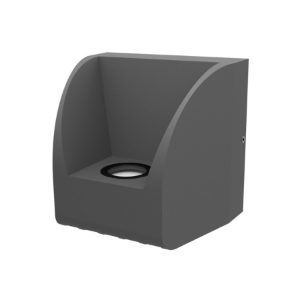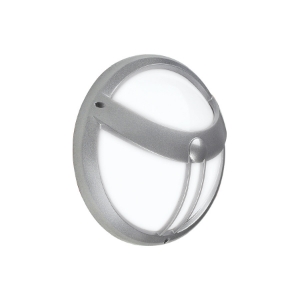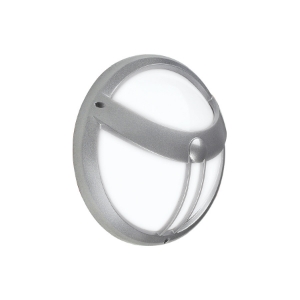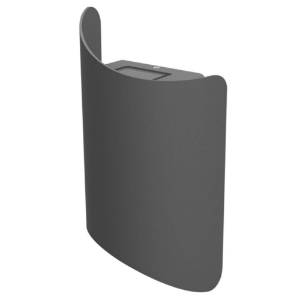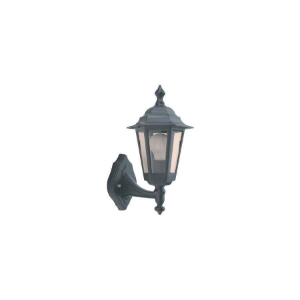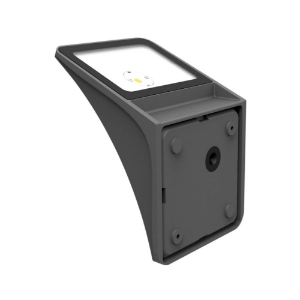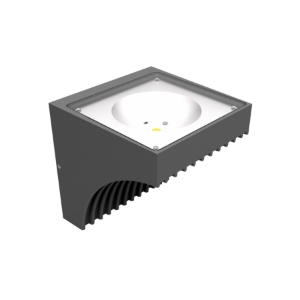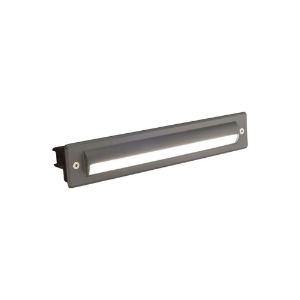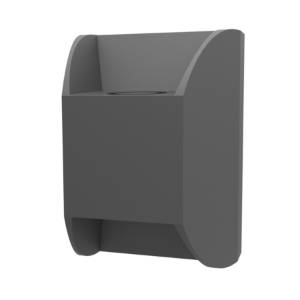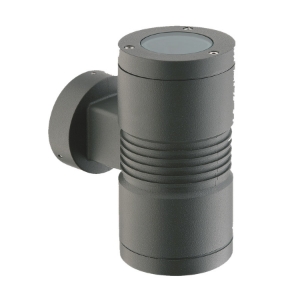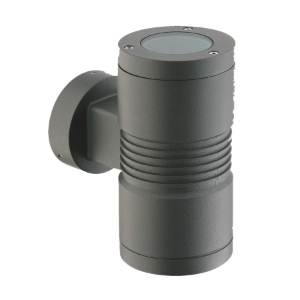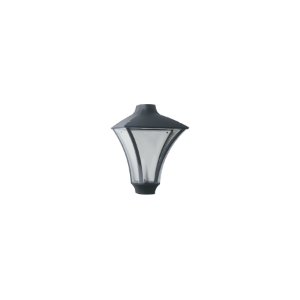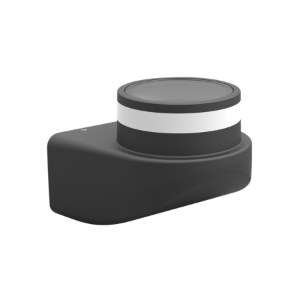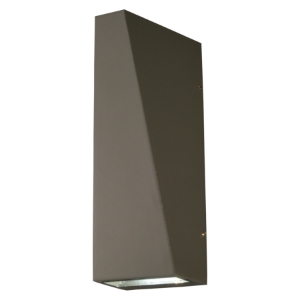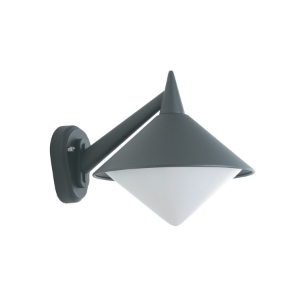-
India
-
ASIA PACIFIC
-
MIDDLE EAST
-
AFRICA
-
EUROPE
-

- Home >>
- Light >>
- Decorative >>
- Wall Lamps
Wall Lamps
Stylish Wall Lamps For Modern Homes
If you are planning to create a cosy reading corner in the room or enjoy luxurious lighting over the dinner table then wall lamps are the most suitable option. Sleek and enhancing functionality, Wall lamp light is essential for modern homes. However, picking up random wall lamps can affect your reading experience or the aura of the room.
How to Pick the Perfect Wall Lamps Online?
Considering some new wall lamps for the house? Here are some aspects that you should look into before buying one:
1. Understand your lighting purpose
Wall lamps are mostly decorative but they can be good for giving a soft glow to the room. If you want basic and soothing illumination in the room then opt for a translucent wall lamp light. These wall lamps are suitable for hallways and dining spaces. The pleasant diffusion of illumination is splendid without creating pressure on the eyes.
However, if you need something for reading purposes then wall sconces are a great option. These are usually installed in the library, drawing room and kitchen. Creating a direct spotlighting effect, the accent lights are ideal for a stronger glow.
2. A wall light that looks good at eye level
The ideal height for setting up wall lamps is 5 feet which is generally at the eye level. Being about 1.5 metres above the ground level, the direct focus of the light is on the reader and the eyes do not get strained. However, based on the proportion of the room, the height of the wall lamp settings might vary. Consider the eye level, the height of the room and its area before you purchase a lamp.
3. Wall lamps that complement the look of the room
The rooms are pre-decorated with interiors and accessories. Wall lamps should match the interiors of the room and should not come across as a misfit. Providing a sleek finishing touch to the room, the wall lamp light setting must be contrasted with the style and decor that is prevalent in the room. This creates a soothing atmosphere and compliments the overall aura.
4. Pair with other lights for a stronger impact
Some wall lamps work extraordinarily with standard lighting in the room. Instead of randomly picking lights that will not match the room's illumination, try to coordinate the wall lamp light with the customary lighting in the room. Perhaps, you can space them apart in the room or in the hallway and alternate the look with bright light.
5. Opt for unique positions to highlight the features of the room
Sometimes the host needs to experiment with the lights and wall lamps to find out how the entire dynamics work out. Mounting an LED wall lamp at unusual positions can help to create a distinct aura. This also helps to highlight the best features of the room without coming across as too bold and overwhelming.
You can place the wall lamp lower than eye level and right above the bookshelf to highlight the collection of classics. Or you can set up them over the study desk.
6. Wall lamps as alternative bedside lamps
Often bedside lamps are replaced by wall lamps according to modern decor styles. This will save some space on the bedside table and prevent unnecessary clutter. Moreover, a dim lighting setup is useful for inducing sleep as well. It's certainly not overpowering but also ideal for flipping through your magazine before dozing off.
7. Glass wall lights for a minimalistic touch
Glass wall lamp light creates a dash of vibrancy in the room. If you want a minimalistic approach but no dullness then this option is the best. Glass wall lamps can create a look of brightness in the room and offer an interesting touch.
8. Select a fitting that will work best with the lights
To mount the wall lamps, you need suitable fittings like bolts, hangers and holders. Make sure that the fittings match with the lights to create a sense of balance. It's not just about the shade of the light that you are using but also the fittings and the material that gives it an overall charm. Opt for a durable material so that they can support a sturdy wall lamp light setup.
FAQs about Decorative Wall Lamps
Sconces are lamps that are mounted directly on the walls and often set up in pairs. These are a kind of accent light while wall lamps can be mounted with an anchor and placed in pairs or single.
Wall lamps can be used to create dim illumination in the room. Purchase a lamp that suits the interiors of the room and is energy-saving in nature.
Wall lamps in the living rooms are usually placed 152 to 170 cm above the level of the floor. That's approximately 5 feet above the ground level.
*Caution: Beware of Fake Promotions or Offers
Please exercise caution and do not trust or engage with any fake promotional messages claiming to offer Jaquar Franchise opportunities. These may include phone calls, SMS, WhatsApp messages, emails, or web links asking you to click on a link and share personal details.
Such websites, links, and offers are fraudulent, misleading, and unauthorized. Interacting with these communications may result in financial loss, identity theft, or misuse of your personal information.
Jaquar & Company Private Limited does not endorse, authorize, or accept any responsibility or liability for these deceptive activities. If you receive any such message, please report it immediately through our official website or customer care channels and thoroughly cross-verify for authenticity of any such communication.


